Home>Garden Essentials>Garden Plants>How Long Do Thyme Plants Live
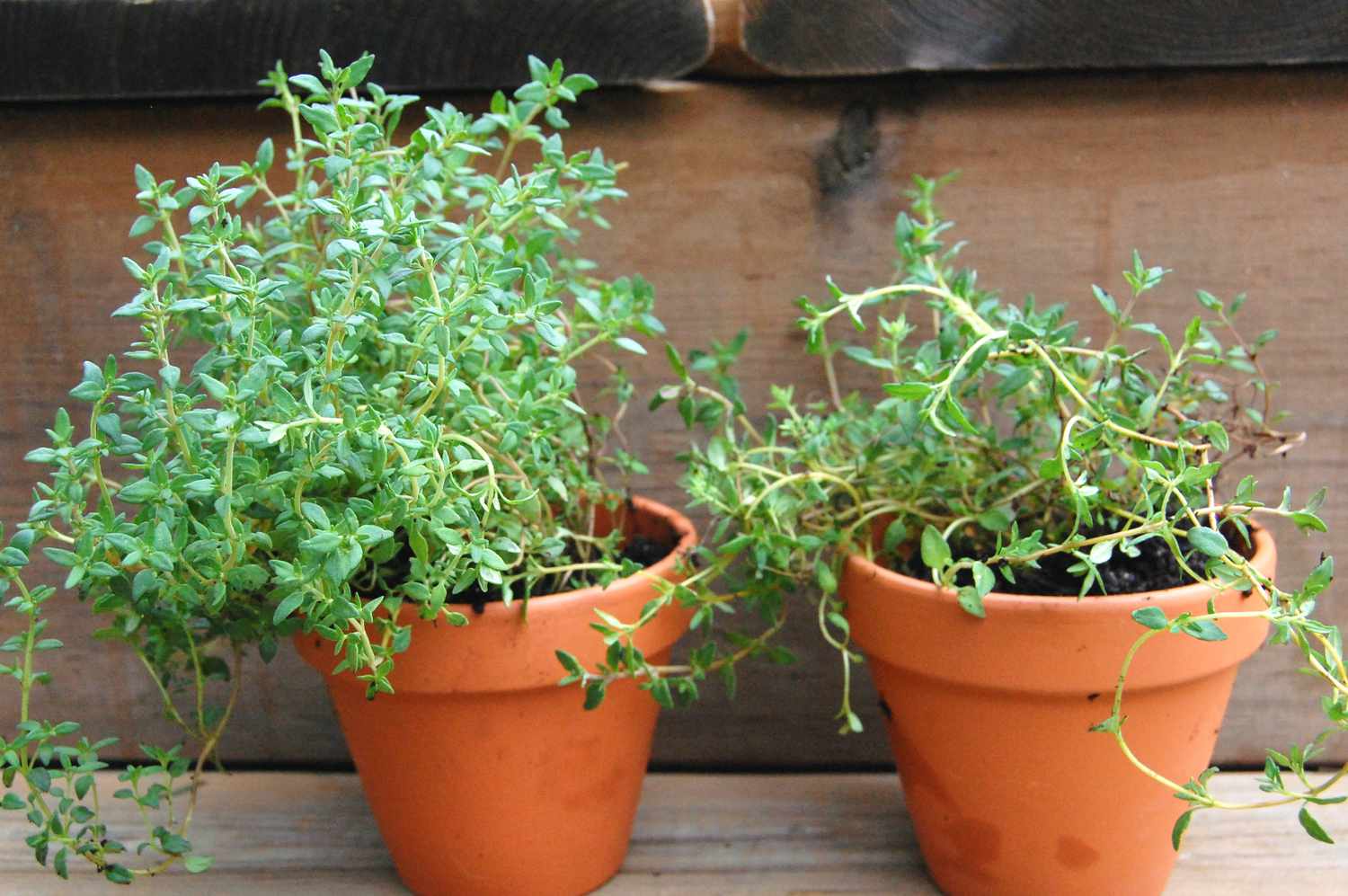

Garden Plants
How Long Do Thyme Plants Live
Modified: August 27, 2024
Discover how long thyme plants live and get expert tips on caring for plants. Explore the lifespan, growth habits, and maintenance of thyme plants.
(Many of the links in this article redirect to a specific reviewed product. Your purchase of these products through affiliate links helps to generate commission for Storables.com, at no extra cost. Learn more)
Introduction
Welcome to the fascinating world of gardening, where plants thrive and bring joy to those who tend to them. One plant that captures the imagination of many gardeners is thyme. This aromatic herb is not only well-known for its culinary uses but also for its attractive foliage and delicate flowers. If you’re considering growing thyme, you may be wondering how long these plants will live and what you can do to ensure their longevity.
Thyme plants, scientifically known as Thymus vulgaris, are perennial herbs that belong to the mint family, Lamiaceae. They are native to the Mediterranean region and have been cultivated for centuries for their flavor and medicinal properties. Thyme plants are notorious for their ability to thrive in dry and rocky conditions, making them an excellent choice for xeriscaping and low-maintenance gardens.
Like any living organism, the lifespan of thyme plants can vary depending on various factors. In this article, we will explore the key elements that affect the longevity of thyme plants, as well as the optimal growing conditions and common issues that may arise. Additionally, we will provide tips on how to prolong the lifespan of your beloved thyme plants.
So, whether you’re a seasoned gardener or just starting your green thumb adventures, let’s delve into the world of thyme plants and discover the secrets to their long and vibrant lives.
Key Takeaways:
- Thyme plants thrive in well-drained soil, full sun, and moderate watering. Regular pruning, division, and pest management can actively prolong their lifespan, ensuring years of aromatic flavors and lush foliage.
- To extend the lifespan of thyme plants, provide optimal growing conditions, protect them in winter, and prevent common issues like root rot and poor drainage. With care and attention, thyme plants will thrive and bring joy for many seasons.
Read more: How To Plant Thyme In A Pot
Factors Affecting the Lifespan of Thyme Plants
Thyme plants, like any other living organism, are influenced by a variety of factors that determine their lifespan. Understanding these factors can help you create the ideal conditions for your thyme plants, ensuring their longevity and overall health. Here are some key factors that play a role in the lifespan of thyme plants:
- Genetics: The genetic makeup of thyme plants plays a significant role in their lifespan. Some varieties of thyme are more long-lived than others. When selecting thyme plants for your garden, it’s essential to choose those with a reputation for longevity.
- Environmental Conditions: The environment in which thyme plants grow has a profound impact on their lifespan. Thyme thrives in full sun and well-drained soil. Exposure to excessive moisture or shade can decrease its lifespan. Additionally, thyme plants are best suited to regions with a Mediterranean climate.
- Soil Quality: The quality of the soil in which thyme plants are grown is crucial. It should be well-draining and not overly rich in organic matter. Thyme plants prefer a slightly alkaline soil with a pH level between 6.5 and 7.5.
- Watering: Overwatering or underwatering can have detrimental effects on the lifespan of thyme plants. It’s important to strike a balance and provide adequate moisture without creating waterlogged conditions. Thyme plants prefer to dry out slightly between waterings.
- Pruning: Pruning thyme plants regularly can promote longevity. Regularly cutting back the stems helps prevent woody growth and encourages the plant to produce fresh foliage. It’s best to prune thyme plants in early spring or after flowering.
- Pest and Disease Management: Pests and diseases can significantly impact the lifespan of thyme plants. Common pests include aphids, spider mites, and thrips, while diseases like root rot and powdery mildew can also affect their health. Regular monitoring and prompt action can help prevent and manage these issues.
By considering these factors and proactively addressing any potential issues, you can greatly enhance the lifespan of your thyme plants. Next, let’s explore the optimal growing conditions for thyme plants to ensure their overall well-being and longevity.
Growing Conditions for Thyme Plants
Thyme plants thrive when provided with the proper growing conditions. By creating an environment that mimics their natural habitat, you can ensure the longevity and vitality of your thyme plants. Here are the key elements to consider when cultivating thyme:
- Sunlight: Thyme plants are sun lovers and require a minimum of six hours of direct sunlight per day. Place them in a location with full sun exposure, preferably facing south or west, to maximize their growth and overall health.
- Soil: Thyme plants prefer well-draining soil with a slightly alkaline pH level. Sandy or loamy soils are ideal for thyme, as they provide excellent drainage and prevent waterlogged conditions. If your soil is heavy and clayey, consider amending it with organic matter or sand to improve its drainage.
- Watering: Thyme plants have moderate water needs but are susceptible to root rot if exposed to excessive moisture. Water the plants deeply once a week, allowing the soil to dry slightly between waterings. Avoid overhead watering, as wet foliage can lead to disease development.
- Fertilization: Thyme plants are not heavy feeders, and excessive fertilization can actually harm them. A light application of a balanced organic fertilizer in early spring is generally sufficient to provide the necessary nutrients. Avoid using high-nitrogen fertilizers, as they can encourage lush foliage at the expense of flavor.
- Temperature: Thyme plants are adapted to the Mediterranean climate, and they prefer moderate temperatures. They can tolerate mild frost but may suffer damage in severe cold. In regions with harsh winters, provide a layer of mulch around the plants to offer protection.
- Spacing: When planting thyme, make sure to space the plants adequately to allow air circulation and prevent overcrowding. Plant them at least 12 inches apart to ensure they have enough room to grow and thrive.
By providing these optimal growing conditions, you can create a nurturing environment for your thyme plants. However, it’s important to be aware of the common issues that can affect their longevity.
Common Issues that Affect the Longevity of Thyme Plants
Thyme plants are generally resilient and resistant to many pests and diseases. However, certain issues can impact their health and lifespan. Here are some common problems to watch out for:
- Powdery Mildew: Powdery mildew is a fungal disease that can affect thyme plants, causing a white powdery substance to form on the foliage. Adequate spacing, good air circulation, and avoiding overhead watering can help prevent this issue.
- Root Rot: Overwatering or poorly-drained soil can lead to root rot, where the roots of the thyme plants become waterlogged and susceptible to fungal infections. Ensure proper drainage and avoid excessive watering to prevent this problem.
- Pests: Thyme plants can be vulnerable to pests such as aphids, spider mites, and thrips. Regularly inspect the plants and take prompt action if any infestation is detected. Using insecticidal soap or natural predators can help control the pests.
By being vigilant and addressing these issues promptly, you can safeguard the health and longevity of your thyme plants. However, there are also steps you can take to actively prolong their lifespan, which we will explore in the next section.
Common Issues that Affect the Longevity of Thyme Plants
Thyme plants, while generally resilient, can face certain challenges that affect their health and longevity. By being aware of these common issues and taking proactive measures, you can ensure that your thyme plants thrive for years to come. Here are some of the most prevalent problems to watch out for:
- Poor Drainage: Thyme plants require well-draining soil to prevent root rot. If the soil remains consistently wet or lacks proper drainage, it can lead to the deterioration of the plant’s roots and eventual decline. Ensure that the planting site has adequate drainage and consider amending the soil with sand or organic matter to improve its structure.
- Overwatering: Overwatering is a common mistake that many gardeners make, and thyme plants are not immune to its consequences. Waterlogged soil can suffocate the roots, promote fungal diseases, and weaken the overall health of the plant. Allow the top layer of soil to dry out before watering, and ensure that excess water can freely drain away.
- Poor Air Circulation: Thyme plants benefit from good air circulation around their foliage. When plants are tightly spaced or positioned in areas with limited airflow, it creates a favorable environment for powdery mildew and other fungal infections. Adequate spacing and selective pruning can help create optimal air movement and reduce the risk of disease.
- Insufficient Sunlight: Thyme plants thrive in full sun and require a minimum of six hours of direct sunlight per day. Inadequate sunlight can weaken the plant, leading to leggy growth, reduced flavor, and diminished overall vitality. Ensure that your thyme plants are located in a sunny spot in your garden to maximize their lifespan.
- Nutrient Deficiencies: Thyme plants, like most plants, require essential nutrients to flourish. A lack of proper nutrition can weaken their immune system and make them more susceptible to pests and diseases. Regularly feed your thyme plants with organic fertilizers or compost to maintain their vigor and promote optimal growth.
- Invasive Weeds: Weeds can compete with thyme plants for nutrients, light, and water, compromising their growth and lifespan. Regularly monitor your thyme beds and remove any weeds promptly to prevent them from overtaking your plants.
By addressing these common issues and providing favorable growing conditions, you can greatly enhance the longevity of your thyme plants. However, there are additional steps you can take to actively prolong their lifespan, which we will explore in the next section.
Read more: How Long Do Thyme Seeds Take To Germinate
Prolonging the Lifespan of Thyme Plants
As a gardener, you have the power to extend the lifespan of your thyme plants by implementing a few simple practices. By taking proactive measures and providing the necessary care, you can ensure that your thyme plants thrive and continue to provide you with their aromatic foliage and delicious flavors for many years. Here are some tips to help you prolong the lifespan of your thyme plants:
- Regular Pruning: Thyme plants benefit from regular pruning to keep them bushy and prevent leggy growth. Prune the plants in early spring or after flowering by cutting back the stems to encourage fresh growth. This practice helps maintain the plant’s overall shape and prevents woody and unproductive areas.
- Divide and Replant: Over time, thyme plants can become overcrowded and lose their vigor. To rejuvenate the plants and prolong their lifespan, divide them every few years. Carefully dig up the clumps, separate the individual plant sections, and replant them in well-prepared soil with adequate spacing. This process helps invigorate the plants and encourages new growth.
- Regular Watering: While thyme plants prefer well-drained soil, it’s important to provide them with regular watering during dry spells or drought conditions. Deep watering once a week is usually sufficient, allowing the soil to dry slightly between waterings. Be mindful of the weather and adjust your watering schedule accordingly.
- Mulching: Applying a layer of organic mulch around your thyme plants helps conserve moisture, suppress weed growth, and regulate soil temperature. Mulching also improves the overall health of the plants by providing a slow-release source of nutrients as the mulch breaks down. Use materials like straw, wood chips, or compost, and spread them around the base of the plants while avoiding direct contact with the stems.
- Protecting in Winter: In regions with cold winters, thyme plants may require protection from freezing temperatures. Apply a layer of mulch around the base of the plants to insulate the roots and provide some protection against frost. You can also cover the plants with row covers or burlap if freezing temperatures are expected.
- Preventing Pests and Diseases: Regular monitoring and early detection of pests and diseases can go a long way in preserving the health and longevity of your thyme plants. Check the foliage regularly for signs of infestation or disease and take prompt action if necessary. Use natural pest control methods, such as insecticidal soaps or companion planting, to manage pests organically.
By following these practices and providing the necessary care, you can prolong the lifespan of your thyme plants while enjoying their beauty and flavors year after year. Remember to observe your plants closely, address any issues promptly, and adapt your care techniques as needed. With a little attention and love, your thyme plants will continue to thrive and bring you joy for many seasons to come.
As you embark on your journey of cultivating thyme plants, remember that gardening is a dynamic and rewarding process. Experiment with different techniques, learn from your experiences, and enjoy the incredible journey of watching your thyme plants flourish.
Conclusion
Thyme plants are not only a flavorful addition to your culinary endeavors but also a beautiful and aromatic addition to your garden. Understanding the factors that affect their lifespan and providing the optimal growing conditions are essential for their longevity. By considering genetics, environmental conditions, soil quality, watering, pruning, and pest management, you can create a thriving environment for your thyme plants.
Remember to provide them with plenty of sunlight, well-draining soil, and moderate watering to ensure their health and vitality. Monitoring for common issues like powdery mildew, root rot, and pests, and taking prompt action when necessary, will help protect your thyme plants and extend their lifespan.
Additionally, incorporating practices like regular pruning, dividing and replanting, proper watering, mulching, and protecting them during the winter months can actively prolong the lifespan of your thyme plants. These simple steps will promote new growth, prevent disease, and provide the necessary care they need to thrive year after year.
Gardening is a journey of discovery and a continuous learning process. As you cultivate thyme plants, don’t be afraid to experiment and adapt your practices to suit your specific garden conditions. Observing and responding to the individual needs of your plants will yield the most successful results.
So, whether you’re a dedicated herb enthusiast or a beginner gardener looking to add some flavor and beauty to your outdoor space, growing thyme plants can be a rewarding endeavor. With proper care and attention, you can extend the lifespan of your thyme plants and enjoy their aromatic flavors and lush foliage for many seasons to come.
So, roll up your sleeves, put on your gardening gloves, and embark on the journey of cultivating thyme plants. Enjoy the process, savor the scents, and relish the flavors that this versatile herb can bring to your garden and kitchen.
Frequently Asked Questions about How Long Do Thyme Plants Live
Was this page helpful?
At Storables.com, we guarantee accurate and reliable information. Our content, validated by Expert Board Contributors, is crafted following stringent Editorial Policies. We're committed to providing you with well-researched, expert-backed insights for all your informational needs.
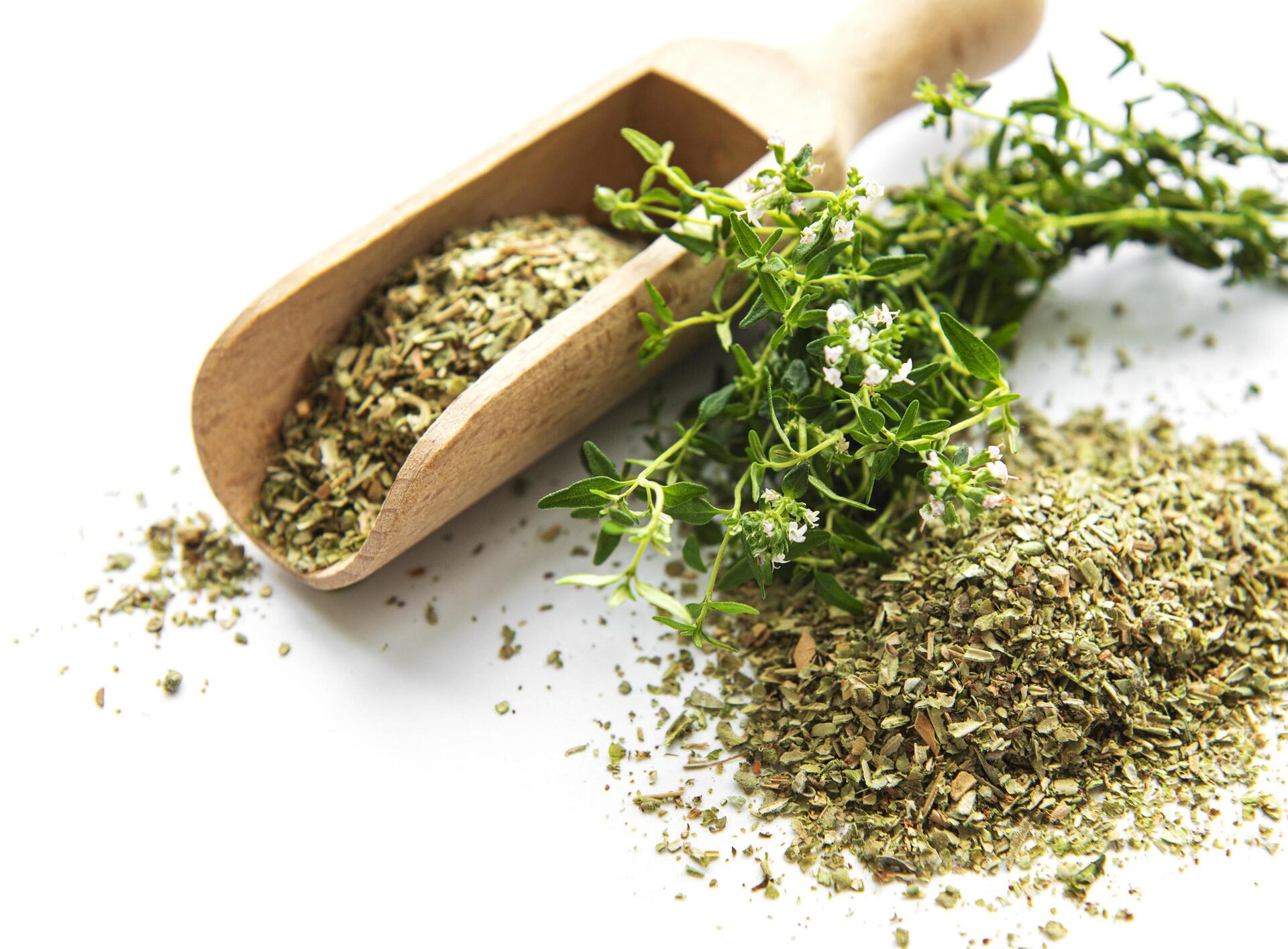
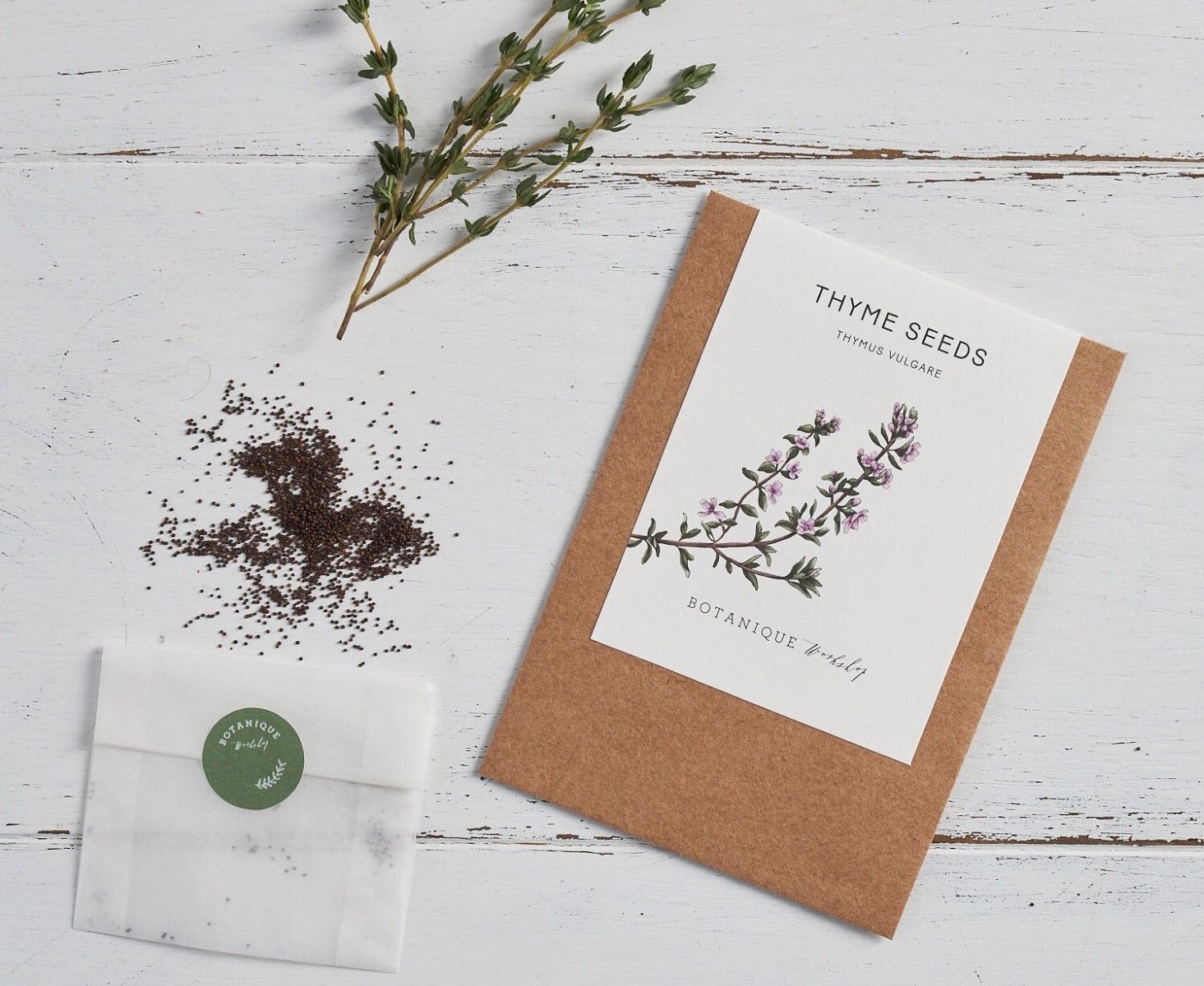
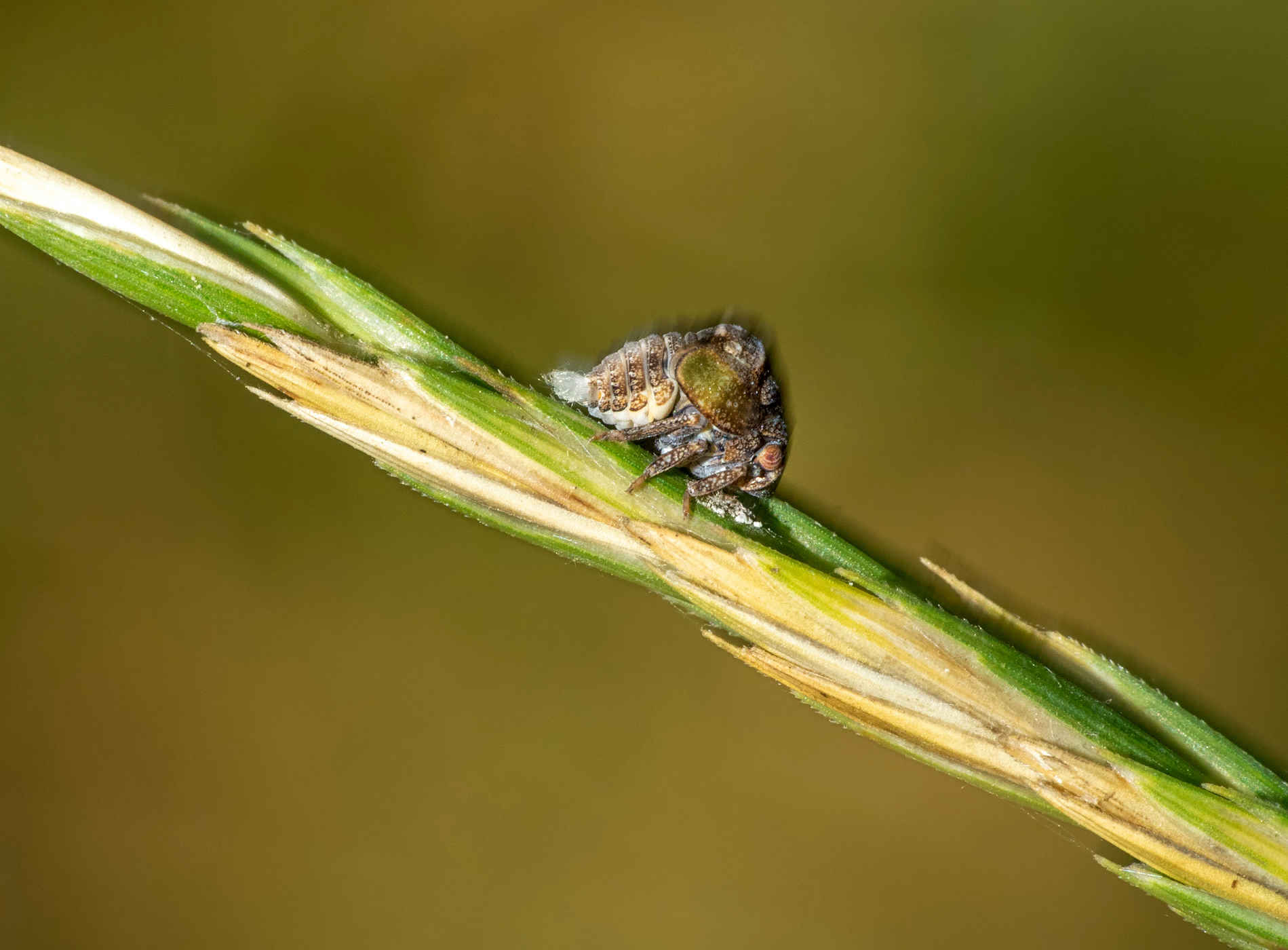



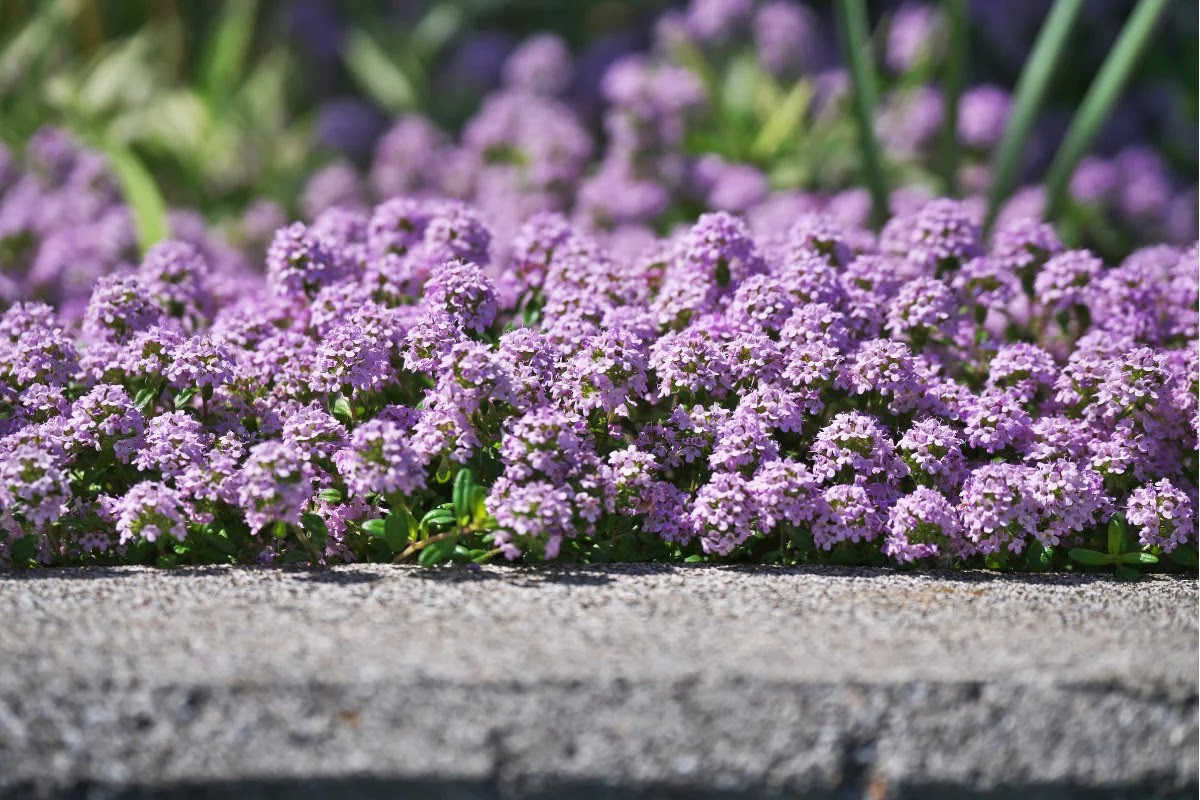

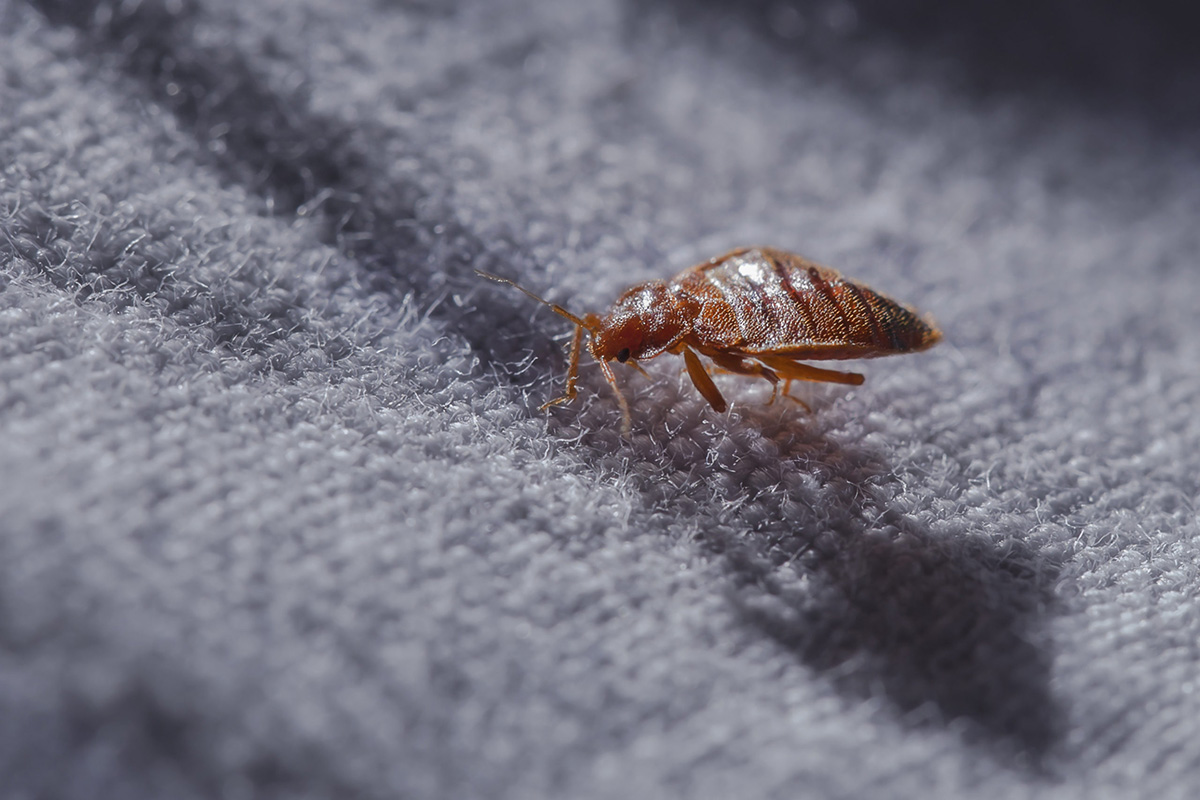
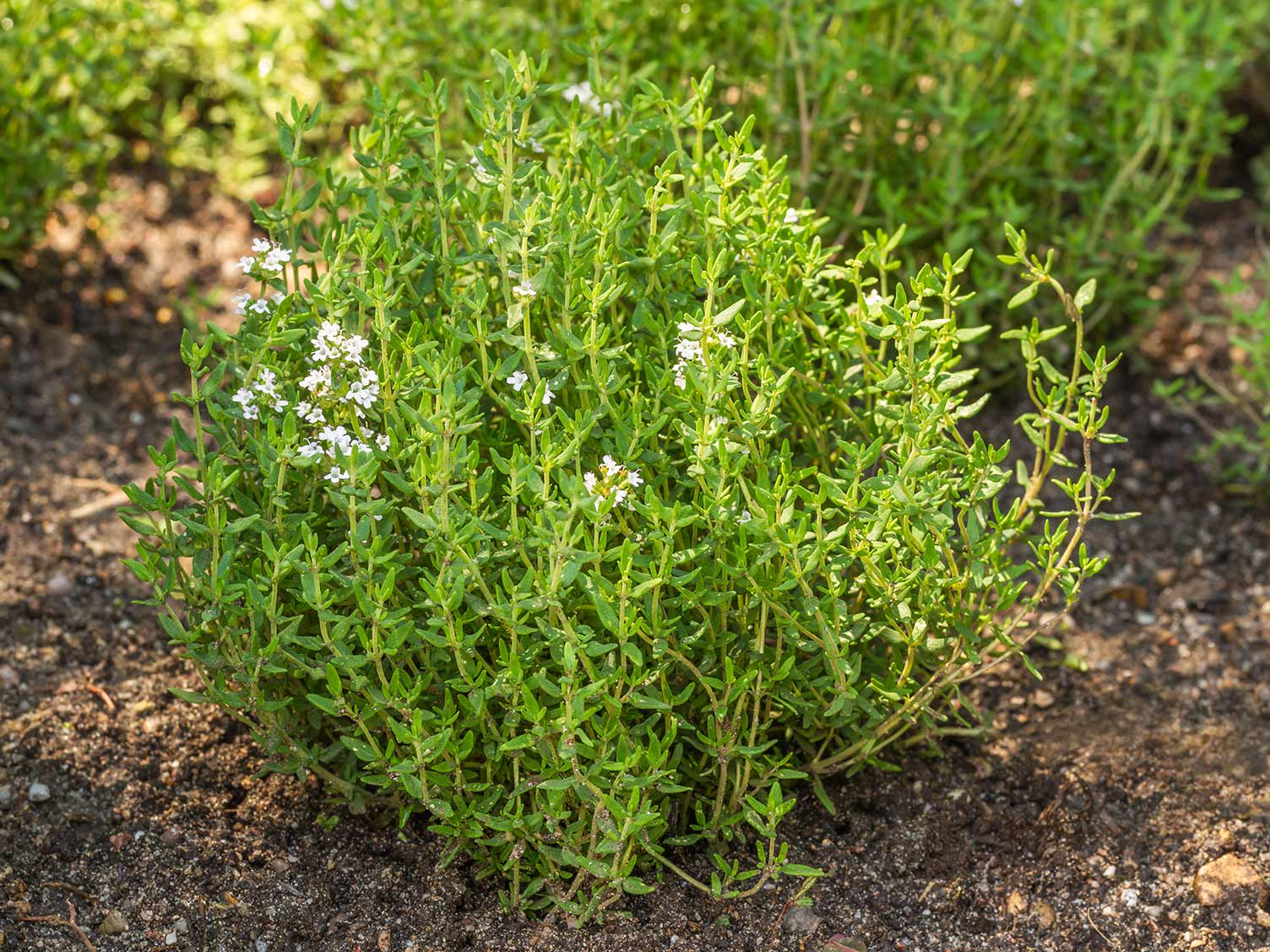
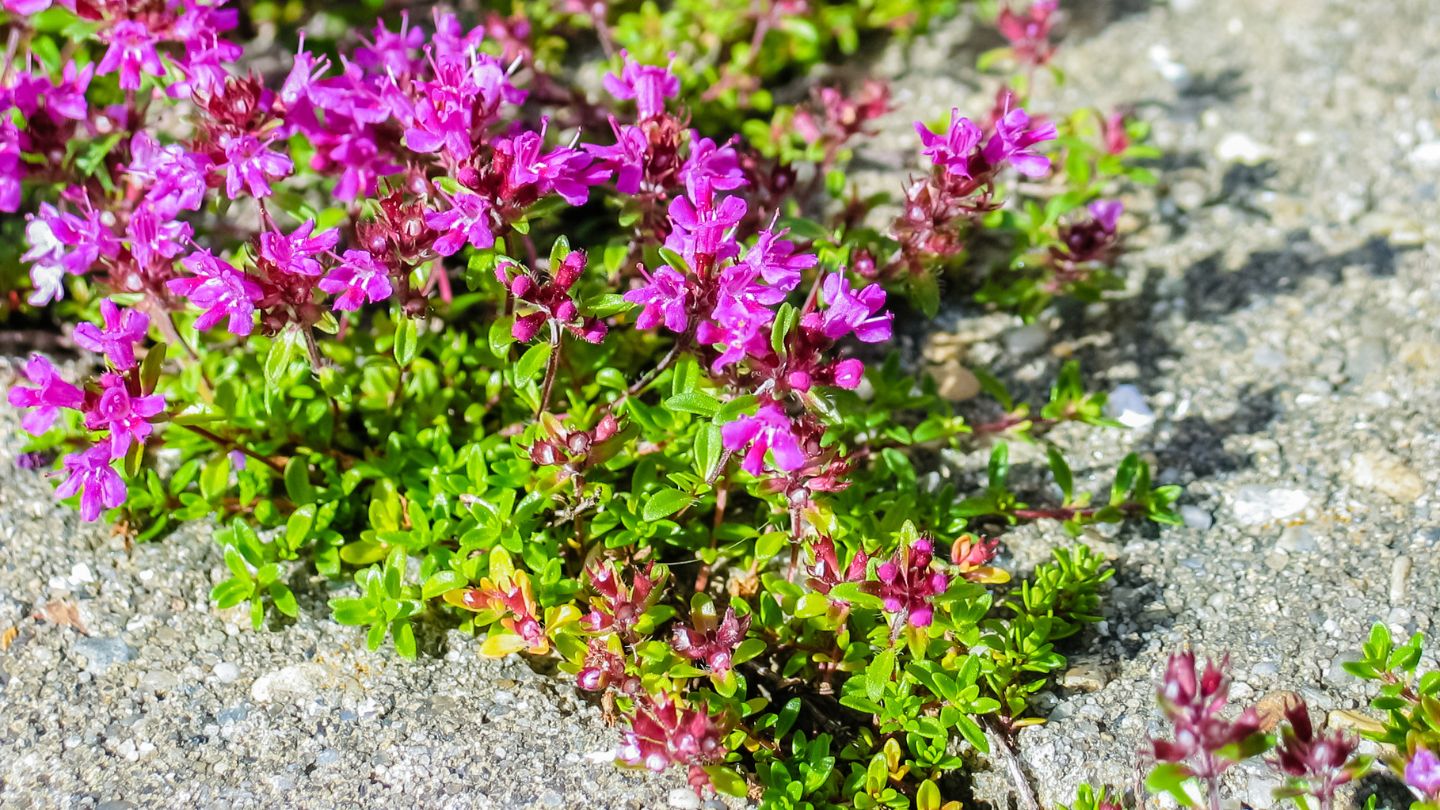
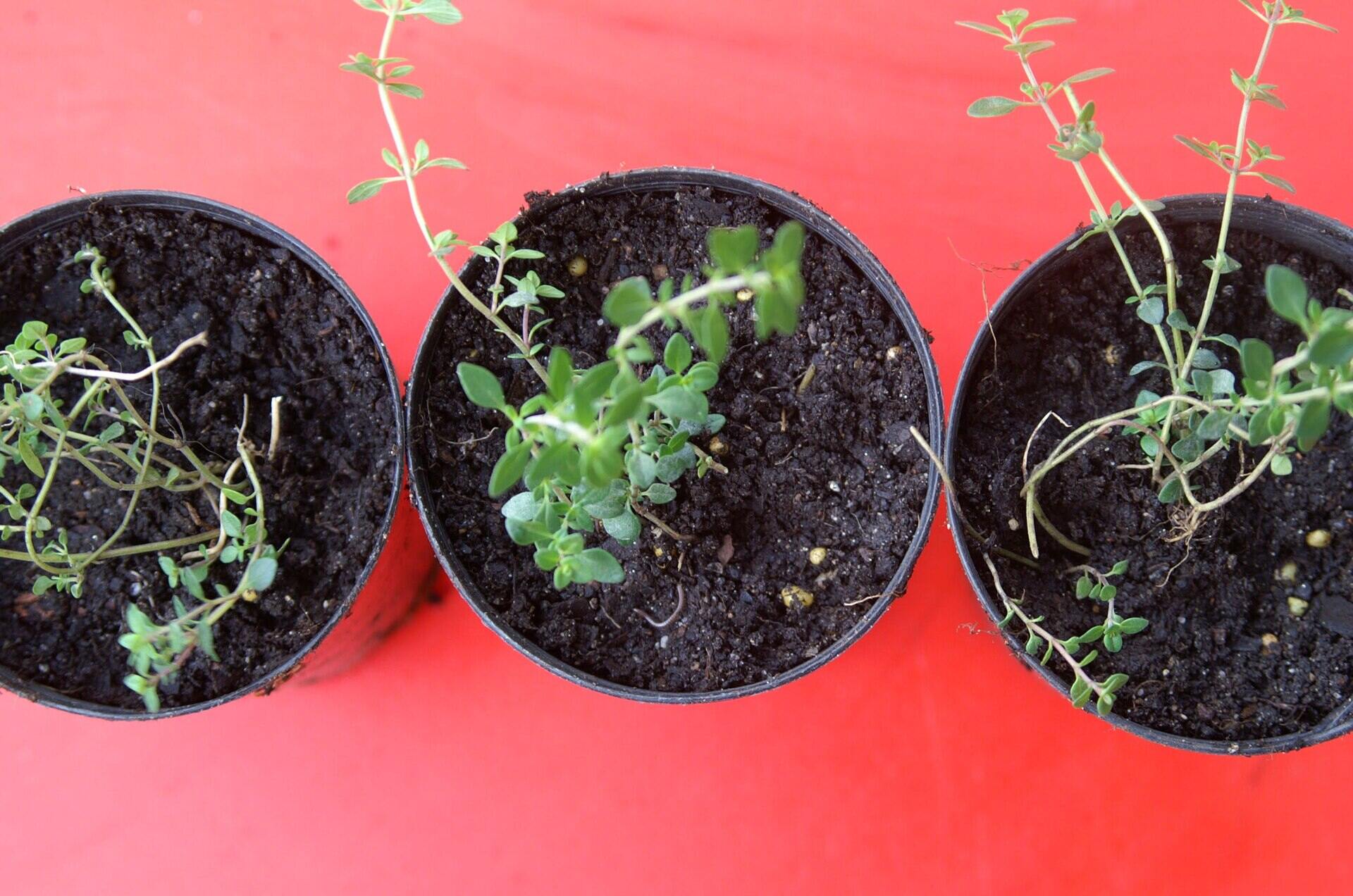
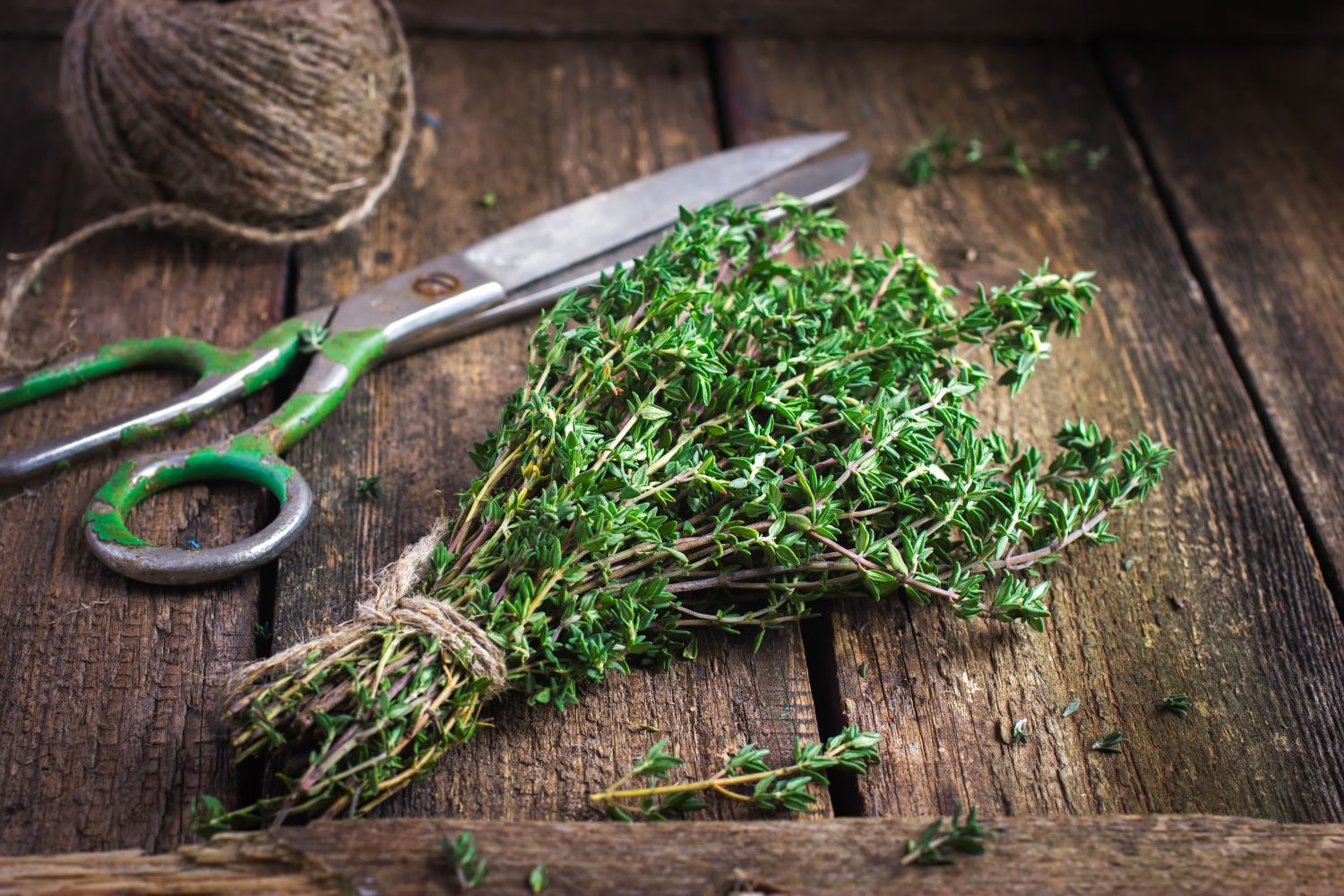
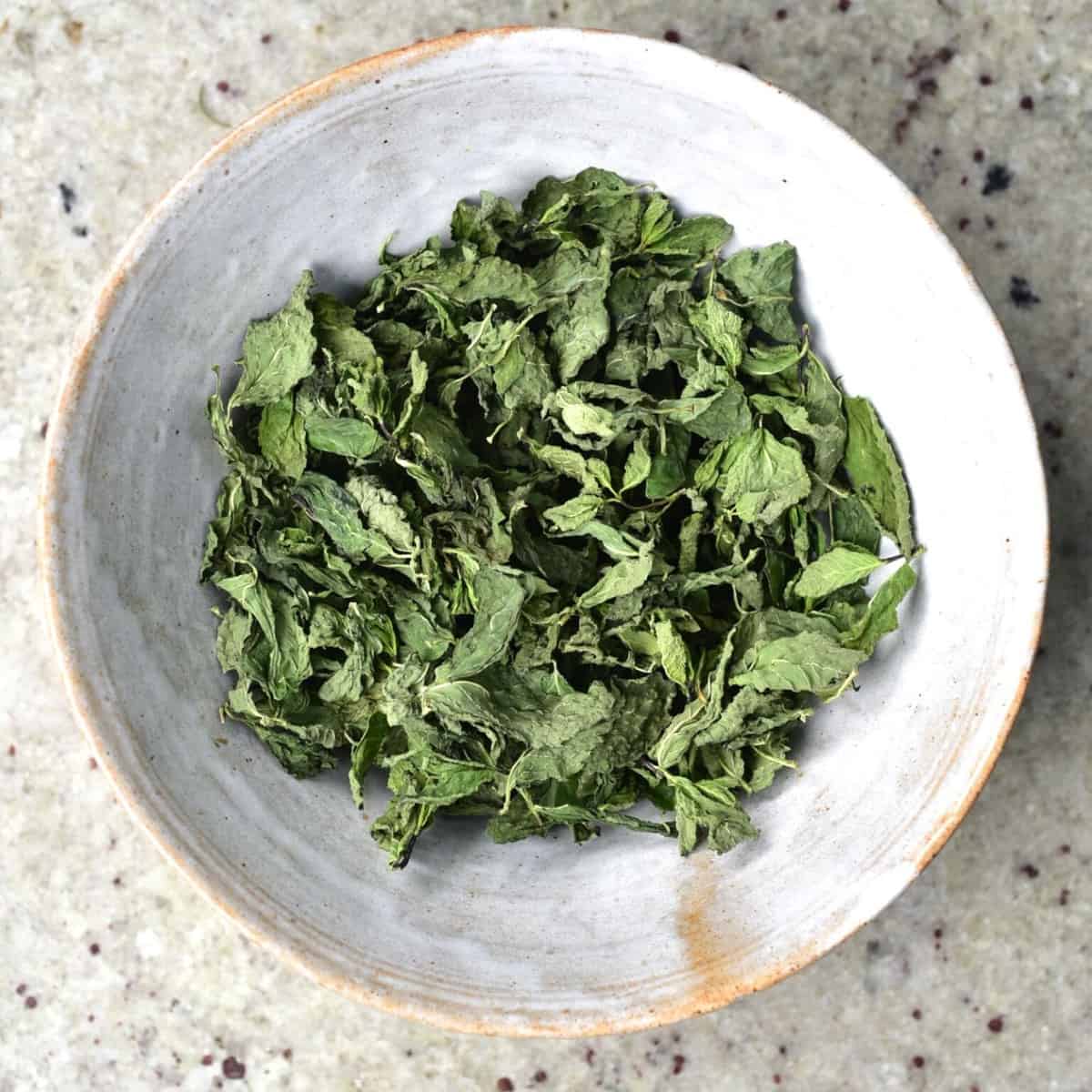

0 thoughts on “How Long Do Thyme Plants Live”